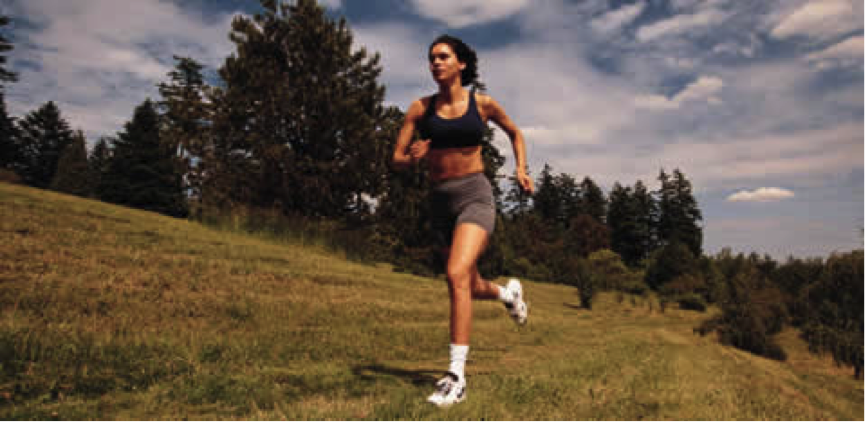
What is Runner’s Knee?
Runner’s knee is characterised by pain around the periphery or deep to the patella (knee cap) which is brought on by running and relieved by rest.
What are the symptoms of Runner’s Knee?
Pain will be present around the anterior knee when running, walking or jumping. Pain often also occurs when getting up from a sitting position, going up and down stairs and when squatting. You may feel grating or ‘creakiness’ around the knee. The knee cap (patella) may be painful to touch and move around.
What are the causes of Runner’s Knee?
There are various causes of Runner’s knee; there may be a bony or soft tissue abnormality. A biomechanical problem may be present which can lead to abnormal joint forces and altered muscle function. Poor foot function is a major cause, runner’s knee is very common in those with flat feet. Other factors include poor footwear and obesity. An increase in activity level, an unsuitable running surface or over-vigorous training regime can all cause this condition.
What should I do if I have Runner’s Knee?
An assessment with a podiatrist or physiotherapist is required to identify the cause of the condition. Often successful treatment of this condition requires intervention from both the podiatrist and physiotherapist. There are a number of surgical procedures that can be done to help the problem, the practitioner will assess to see if a referral is necessary. Stopping any activity that appears to worsen the problem should be done immediately.
What shouldn’t I do if I have Runner’s Knee?
Continuing with vigorous levels of running on unsuitable surfaces should be avoided so that unnecessary damage doesn’t occur.
Could there be any long term effects of Runner’s Knee?
There may possibly be a progression to Osteoarthritis in the long term.
Podiatry treatment for Runner’s Knee
Modification of your exercise regime can be discussed with the podiatrist. Orthoses (shoe inserts) may be provided by the podiatrist. Here, these aim to reduce the amount of internal rotation of the leg bone and provide support for the arch of the foot.
Telephone: 01257 263173
Email: info@parkviewchiropody.co.uk
